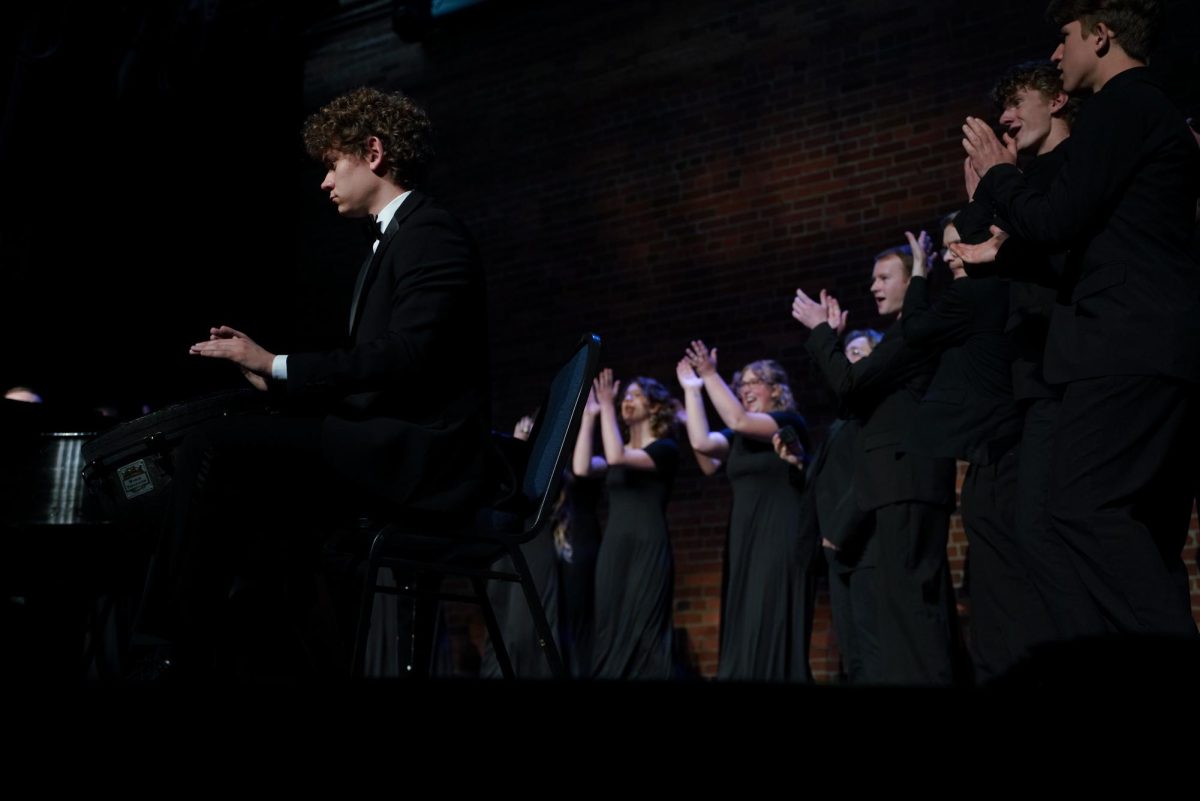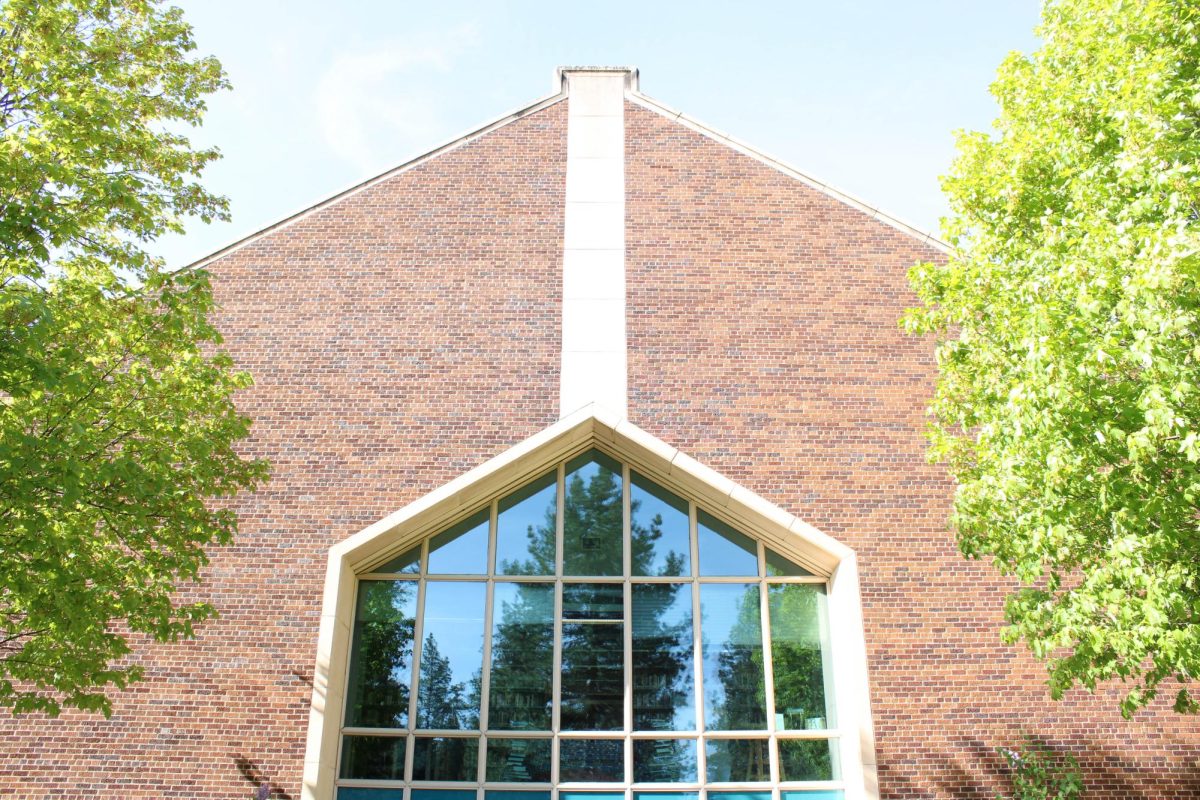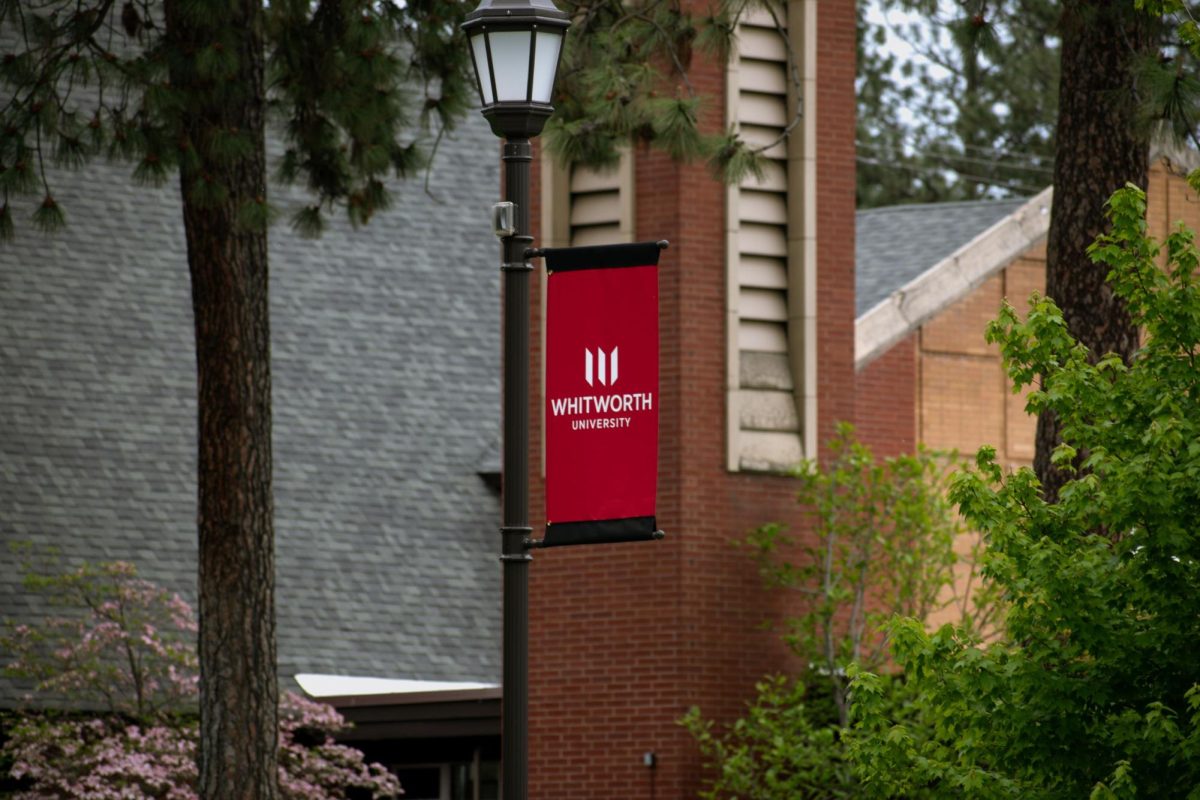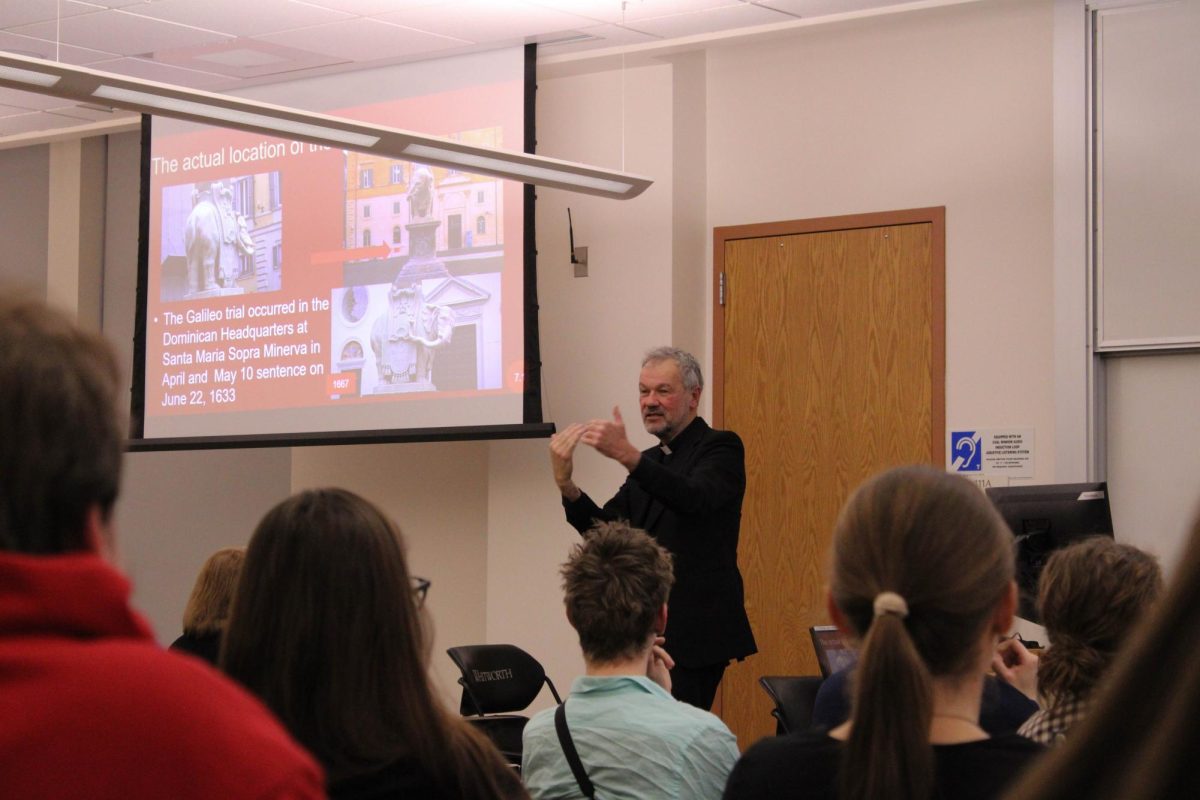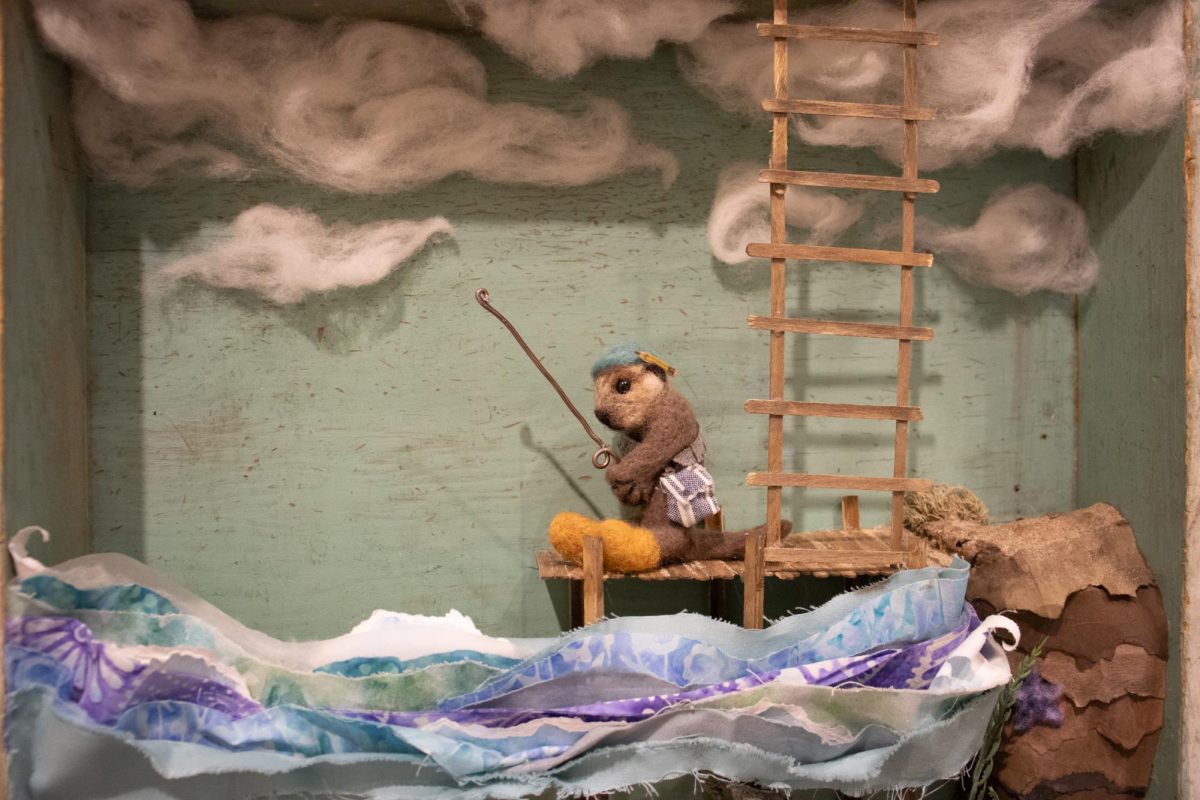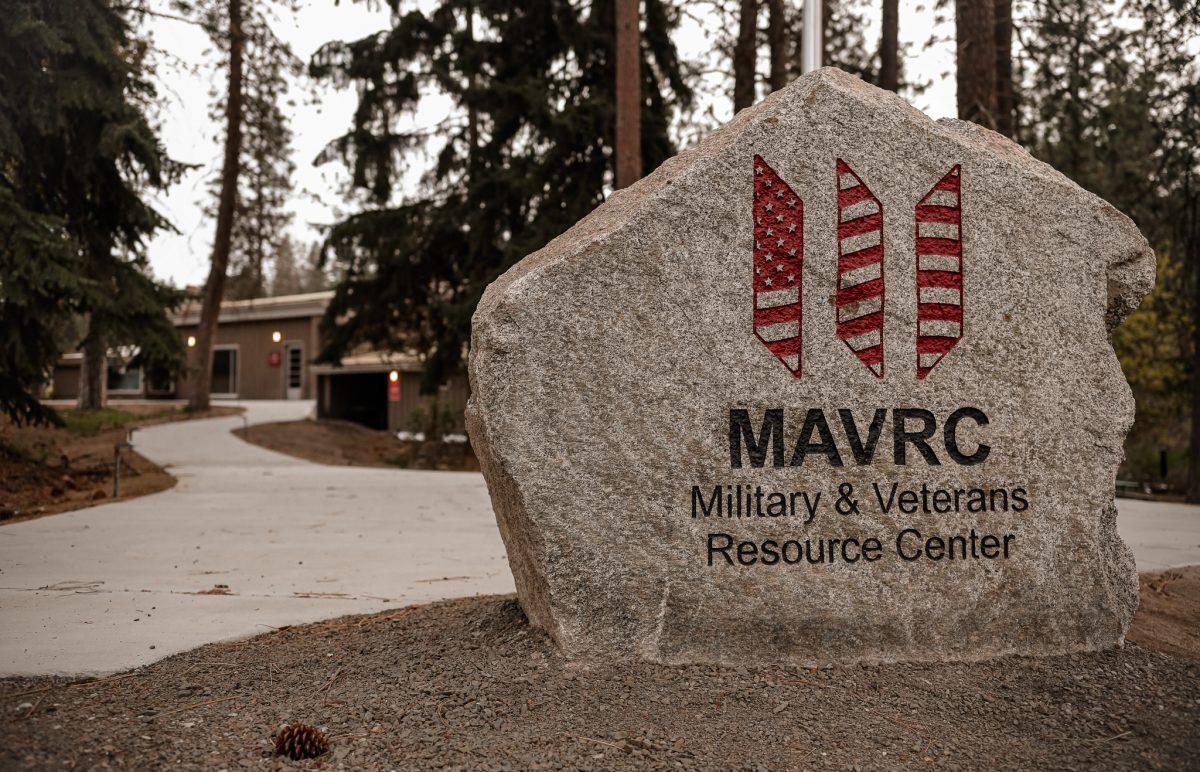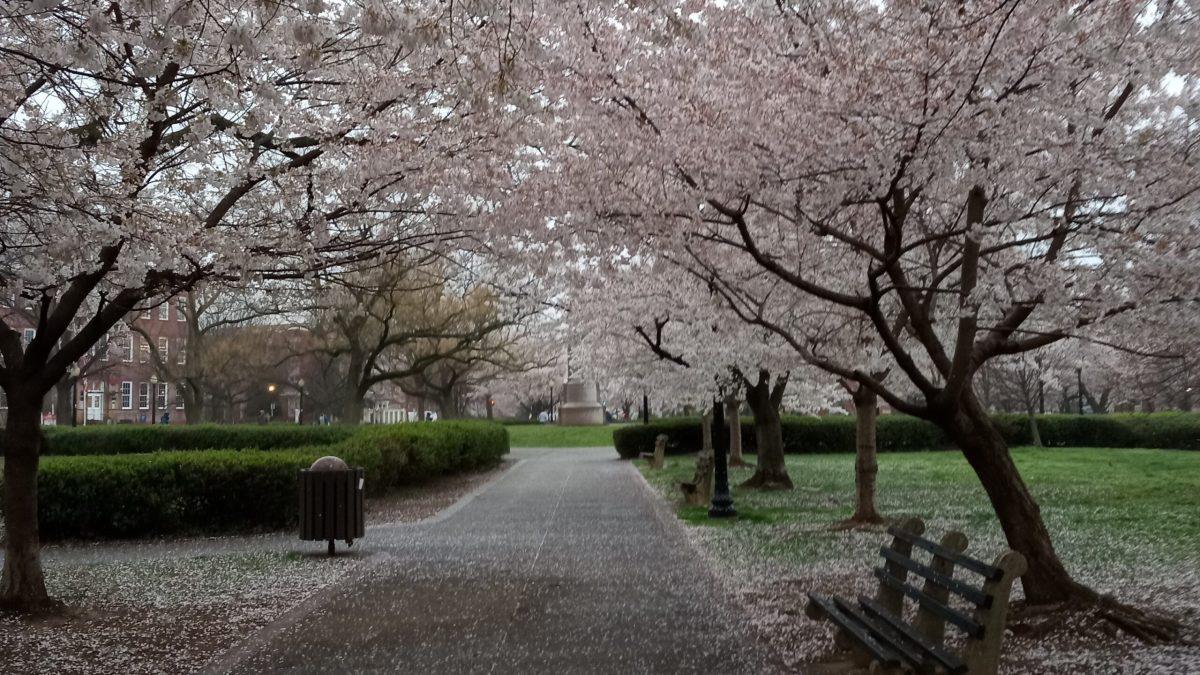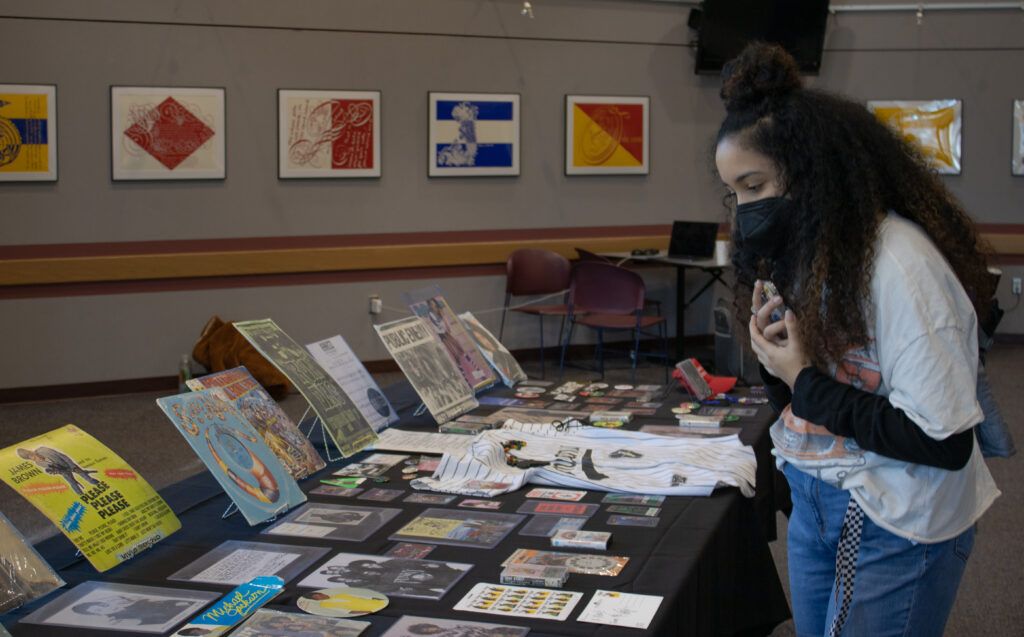
Dr. Khalid el-Hakim, founder of the Black History Mobile Museum, displayed his award-winning collection in the Hixson Union Building’s Multipurpose Room on Wednesday, March 9, 2022. The exhibit has received national and international attention for displaying artifacts from Black history in over 40 states.
“Growing up, I didn’t see a lot of representation of our Black history and our life experiences, so when I became a teacher, I used primary source material to fill in those gaps that were missing in American history textbooks,” el-Hakim said. The display was more than just letters and objects – rather, it contained pieces in a mosaic of history that isn’t taught.
The collection included over 7,000 artifacts from the trans-Atlantic slave trade to the more modern hip-hop culture and Black Lives Matter movement. When explaining the significance of the collection, el-Hakim said, “This helps us make sense of the legacy of racism and white supremacy in America.”
Throughout the day, many students absorbed the Black history presented and left with a new understanding of it. After walking through the exhibit, student Casey Moddrell noted how slavery had taken place a mere 200 years ago. He realized that America tends to put this part of our past behind us, but “there’s a stain you just can’t forget.”
Students expressed excitement about the representation of Black history. “Especially being a Black student at Whitworth, it’s really touching to see Black history typically when you wouldn’t be able to see that,” said attendee Andrew Luvven.
From signed record covers to KKK member cards, the memorabilia found in this exhibit consisted of items most people wouldn’t have otherwise been exposed to.
Black Student Union co-president Ibrahim Diop expressed that this display was an opportunity for the large white student population at Whitworth to contemplate and understand Black history.
“They probably are going to feel a little uncomfortable seeing some things, but we’re uncomfortable walking around with our traumas,” Diop said.
Along with leaning into discomfort, Black Student Union leadership member Christopher Clay said, “I think it allows for people to see authentic Black culture for what it is and what it’s contributed not only to American society, but the global perspective as a whole.”
One of el-Hakim’s hopes for this exhibit was that students understand the importance of Black history and feel inspired to learn more about “this aspect of American history that has not been taught.”
According to an article by The Washington Post, at least 27 states are considering legislation that would decrease the teaching of race in schools, taking away from the limited amount of cultural history that is taught.
“It feels as though I don’t have all the knowledge that I should have about my own culture, but I have knowledge about other peoples’ cultures,” Clay said.
Implementing critical race theory into academic curriculum has been a topic of division for many years, but the Black History Mobile Museum presented itself as an argument for the importance of learning about Black history.
Moddrell recognized this and said it’s important to not take the ethnocentric view because “to not even consider others’ past, others’ ideas and where they gain this perspective is ignorant.”
The past is what has shaped the world into what it is today. As Diop put it, “The history impacts our present.” When learning about America’s history, el-Hakim wanted people to remember that history goes far beyond what is taught in the classroom.
The more we celebrate minority voices, the more we can feel like a community “in this really politically divided society,” Luvven said.
Despite systemic erasure of the Black experience from American history books, events like the Black History Mobile Museum serve to teach students that Black history is American history.



